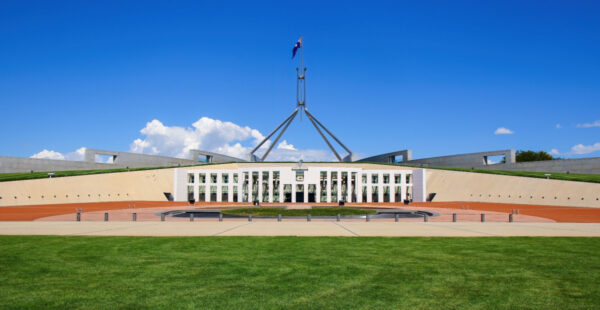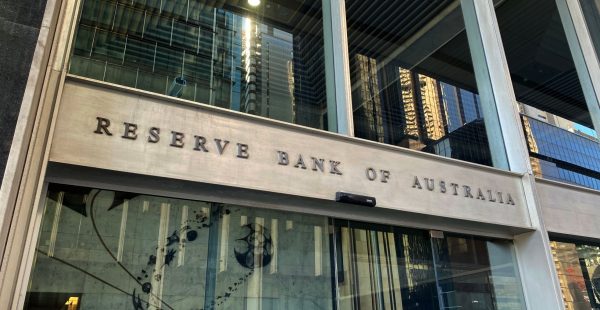October CPI release eagerly awaited to determine next RBA move

While the Reserve Bank of Australia (RBA) did as the market predicted and held the official cash rate at 3.6 per cent at its policy meeting yesterday, several players rightly suggested that the central bank would not make any sudden moves ahead of the next quarterly Consumer Price Index (CPI) release just five days before its topical November meeting commences.
In its decision statement released yesterday, the central bank heavily implied it would wait for the September quarter data to inform its next monetary easing steps given that more recent data (“while partial and volatile”) had suggested that inflation would not remain within expectations raised in August’s Statement on Monetary Policy in the wake of the June quarter returning both inflation measures within its two-to-three-per-cent target range.
This comes as just 69 per cent of experts and economists who participated in Finder’s RBA Cash Rate Survey signalled their expectation of a cash rate cut in November. Graham Cooke, Finder’s Head of Consumer Research, said leaving the cash rate on hold this time has also delayed further reprieve for mortage holders.
“While relief is starting to filter through, 35% of homeowners are still struggling to pay their mortgage in September,” he said.
“Even with another cut expected before Christmas, you don’t need to wait to get a better deal. If you’re currently paying more than 5.5% for a variable rate, you’re probably paying too much.”
According to VanEck Senior Portfolio Manager, Cameron McCormack, it is also likely that the RBA has reached the end of its easing period.
“We could be at the end of the cutting cycle, with rates staying at this level for the foreseeable future. Markets are pricing in the next rate cut in February 2026. However, with services inflation sticky, unemployment low, wages and business cost inflation elevated we may stay higher for longer than markets expect, barring an unforeseen systemic event,” he said.
“Australia’s economy continues to show resilience. While per-capita growth remains challenged, elevated population growth is driving consumption and household spending is lifting GDP. Inflationary pressures have slowed their descent, and with rates on hold, investors face a market environment that presents both risk and opportunity.
“Mid and small caps remain the sweet spot for Australian investors. Large caps, particularly the banks, look stretched relative to history, while smaller companies continue to offer stronger consensus return potential over the next 12 months.
“As expected, the easing cycle has reignited Australia’s property and retail REIT markets. Office and Retail REITs offer attractive valuations compared to their industrial peers, where prices remain stretched.”
HSBC’s Chief Economist, Paul Bloxham, noted that the sentiment of the board statement and Governor’s press conference commentary – what the market had its eyes peeled for – tilted a “bit more on the hawkish side”.
“Today’s ‘on hold’ announcement was unsurprising, given that the RBA was widely expected to keep its cash rate steady. The RBA ought to be quite comfortable, as growth is in an upswing, the unemployment rate is steady at around ‘full employment’ and inflation is in the target band. There was no case to make any move today,” he said.
“The main element was the RBA’s reference to inflation potentially proving to be more persistent than they had expected. The statement specifically noted that ‘recent data, while partial and volatile, suggest that inflation in the September quarter may be higher than expected at the time of the August statement of monetary policy’.
“The Governor also noted at the press conference that the market services and the housing components of the CPI indicator had been a little higher than expected for a couple of months running and that this had made the RBA ‘a bit cautious’ about whether inflation would continue to edge lower.
“Whether today’s statement could be seen as suggesting the RBA has a bit less appetite for cutting in November, is tricky on at least two fronts.
“First, at almost every meeting this year, the RBA has tended to shift direction in its tone. In February, it cut but was hawkish; in April it held steady and was hawkish; in May it cut and was dovish, with talk of a possible 50bp cut; in July, it held steady which was a surprise as most economists expected a cut; in August, it cut and was more balanced. Today, it delivered a hold and a more hawkish tone. What will happen in November? Time will tell.
“Second, as we pointed out earlier in the week, it is hard to get a clear mapping of the monthly CPI indicator to the quarterly trimmed mean, as the first two months of the quarter tend to give an upwardly biased estimate of the final quarterly trimmed mean print. The RBA today seemed a bit more confident about how much it thinks it can glean from this indicator. We are cautious.
“For some time now, we have suggested that while our central case is for two more cuts (in November and February), there is a clear risk of fewer cuts. Whether we get a further cut this year will critically hinge on the Q3 CPI print, due on 29 October, being low enough.”











if you mulitple 3,459 by the $39 ASIC fee to update it, you'll almost pay for the entree at the…
That is a fair point and i empathise but highly doubt thats the case for 3459 people
You know what. I had some of that issue, but I decided for the betterment of moving our industry to…
That is exactly the timeframe when most of the non practising registrants joined FAR to avoid the new entrant rules.…
Another Canberra hit sensation.